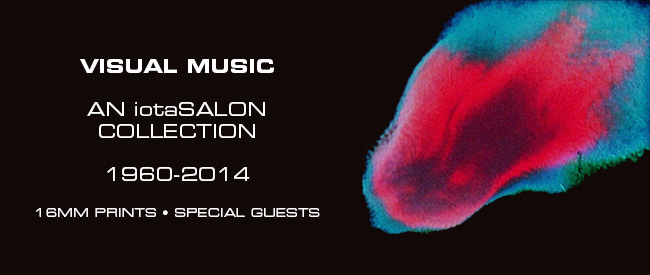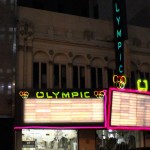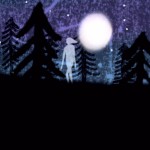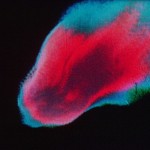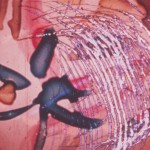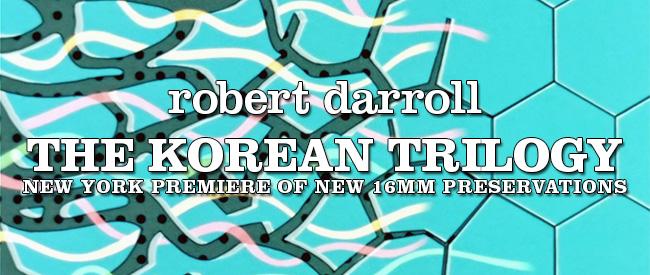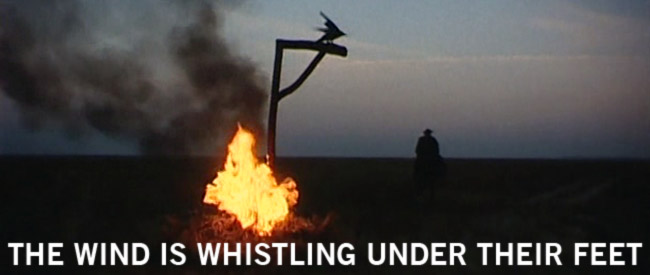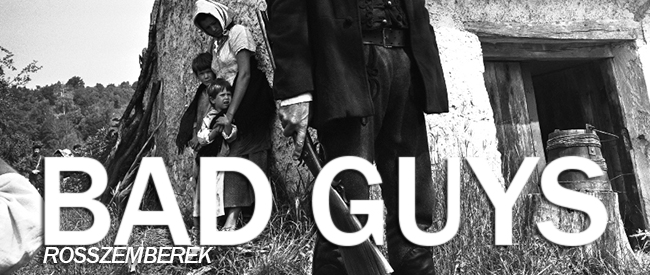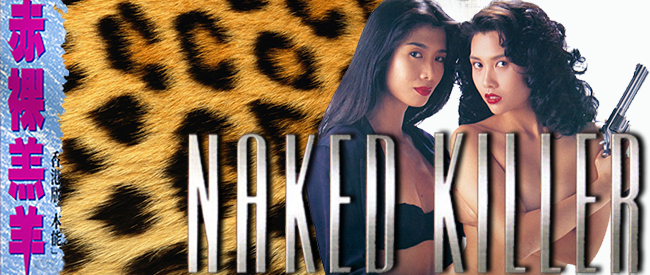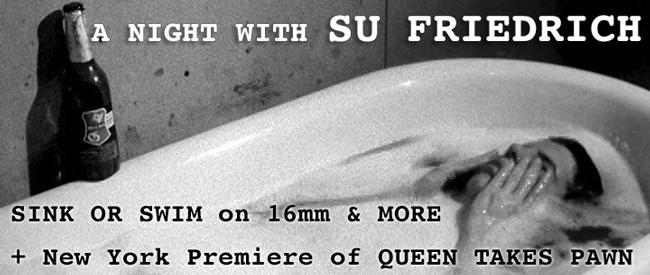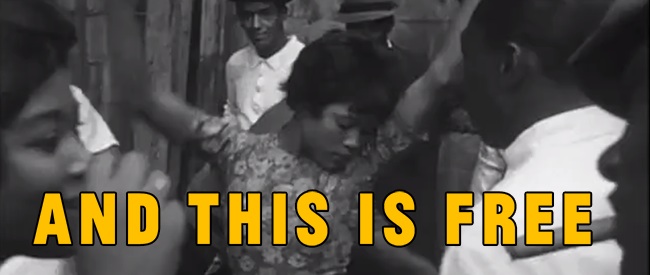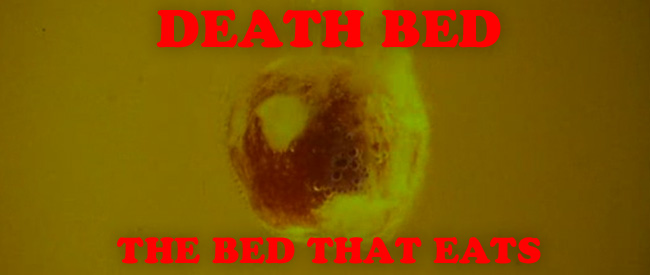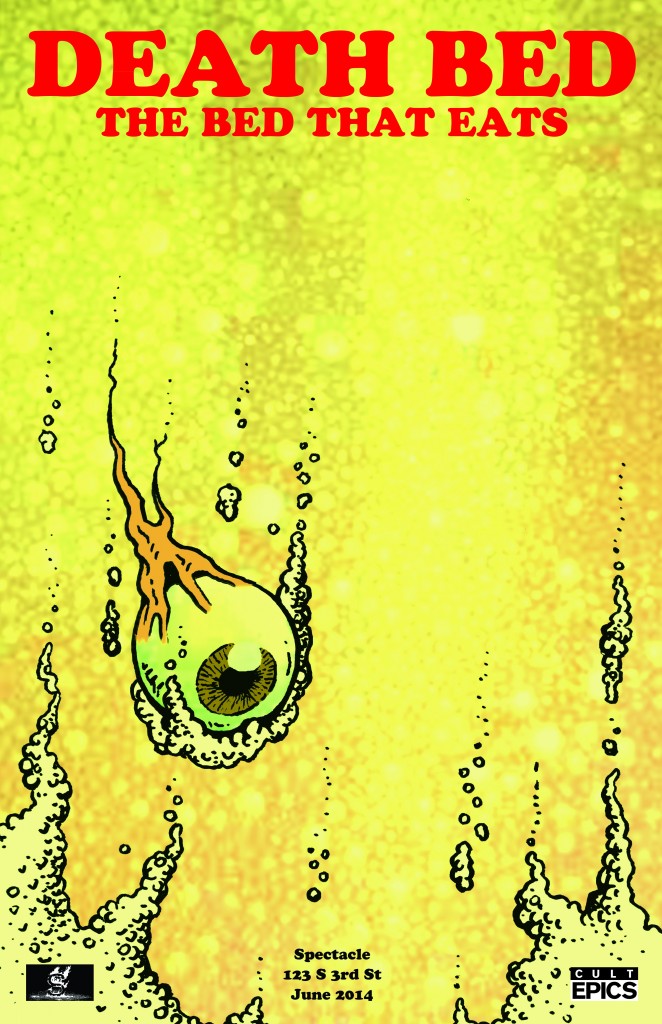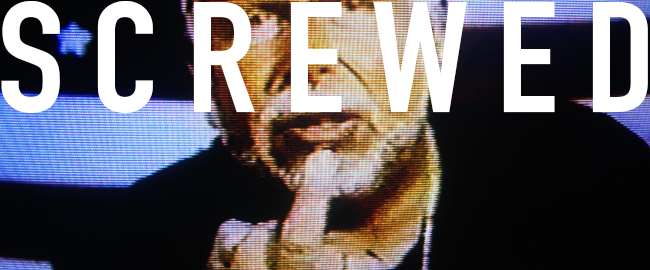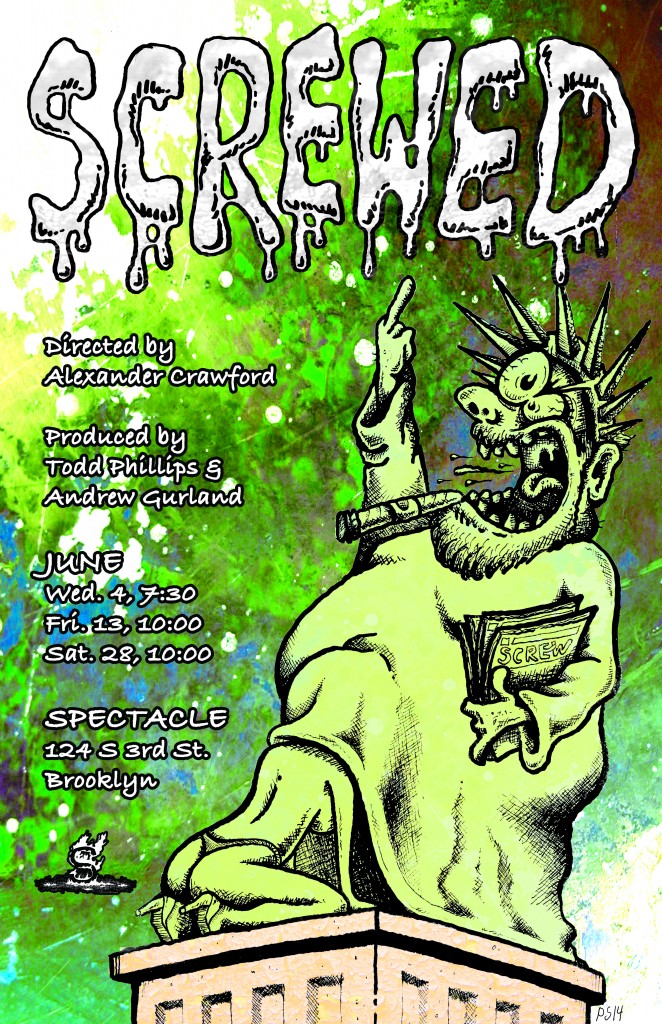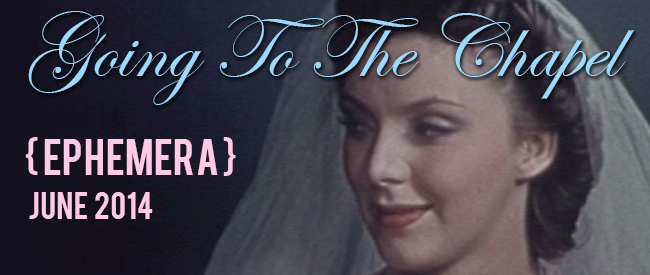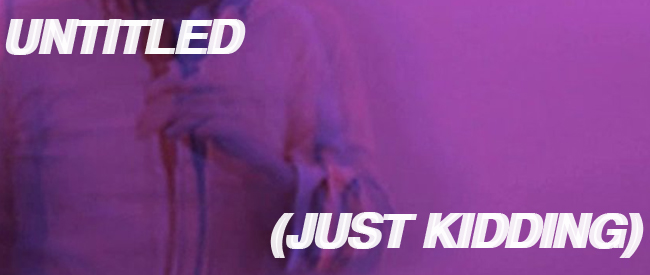
TUESDAY, JULY 22 – 8:00 PM
ONE NIGHT ONLY! ARTIST IN ATTENDANCE!
Jesse Malmed is a Chicago-based artist and curator working in video, performance, text, occasional objects and their gaps and overlaps. He has performed, screened and exhibited at museums, microcinemas, film festivals, galleries, bars and barns. In addition to his creative work, Jesse programs at the Nightingale Cinema, co-directs the mobile exhibition space Trunk Show and has programmed work in a wide variety of contexts individually, as a member of Cinema Project and as the peripatetic Deep Leap Microcinema. A native of Santa Fe, Jesse earned his BA at Bard College and his MFA at the University of Illinois at Chicago. He was recently named a “2014 Breakout Artist” by Newcity.
We’re pleased to welcome our friend and fellow microcineaste to the Spec to present a short program of his motion picture works, peppered with performances and several interludes of “Conversational Karaoke.”
WREADING (2012), 18 minutes or so, color, sound, video
Reading as writing. A romp through meaning-making and diffuse divination. The clouds hold secrets. Tuli Kupferberg is not the beluga, but the beluga sings human. Charles Bernstein. The world is a word is a world. Cloud covers.
THIMBLERIG (2012), 11ish minutes, color, sound, video
Body swaps, time manifest and made literal, multiverse tears, two minds to a body, dream babies, singtalk, represented realities.
CONQUE (2012), 8 minutes or so, color, sound, video, performance
Sixteen—at least—ideas and images in search of a trajectory. The voice you hear is your own, interrupted and ruptured, while a little real-life actualizing is all they need. Frank Stella, Phreak Headroom, Robert Creeley, Quixotic Tivoli, the demography of the Sitcom Set, Pizza Burger Covers and and. My favorite parts are when the permeability of the screen is made clear: when the diegesis becomes our world and when cinema’s prosthetic memory becomes a site for immortality. For Jonah Adels.
GOTH MOVIE (CHEMIROCHA) (2013), 02:36, color, sound, video
Goth breakfast, flying lanterns, alien landscapes, mirrors and seeings. Séance Nonfiction.
DO VOICES (2014), 15 minutes, color, sound, video, performance
Choirs, choirs, Robin Williams, the contemporary folk art ensemble of youtube, George Mason University’s English Accent Archive, Shamuel Beckett and others come together for a We Are The World / We Arendt -style movie/concert/concert movie. Highly recommended for those already there, those on their way. Topics include: where you’re from and how you sound, the imaginative space of the bootleg, the morass of language, the virtuosity of a radio on scan and typing in stereo.
SUPERNYM (2013) a little shy of 13 minutes, color, sound, video
The wave is simultaneously distinct from the ocean and a part of it. A part and apart. The piece and the whole. Constituency and contingency. The difference that makes a difference and those that don’t. Loop. Stella. Please call Stella. Tell me where accents come from. And more than just that they come from places. The morass of sound and image and data from which language emerges, from which the crisis emerges. Please call Stella. The wave is simultaneously distinct from the ocean and a part of it. A part and apart. The piece and the whole. Constituency and contingency. The difference that makes a difference and those that don’t. Loop. Stella. Please call Stella. Tell me where accents come from. And more than just that they come from places. The morass of sound and image and data from which language emerges, from which the crisis emerges. Please call Stella.

